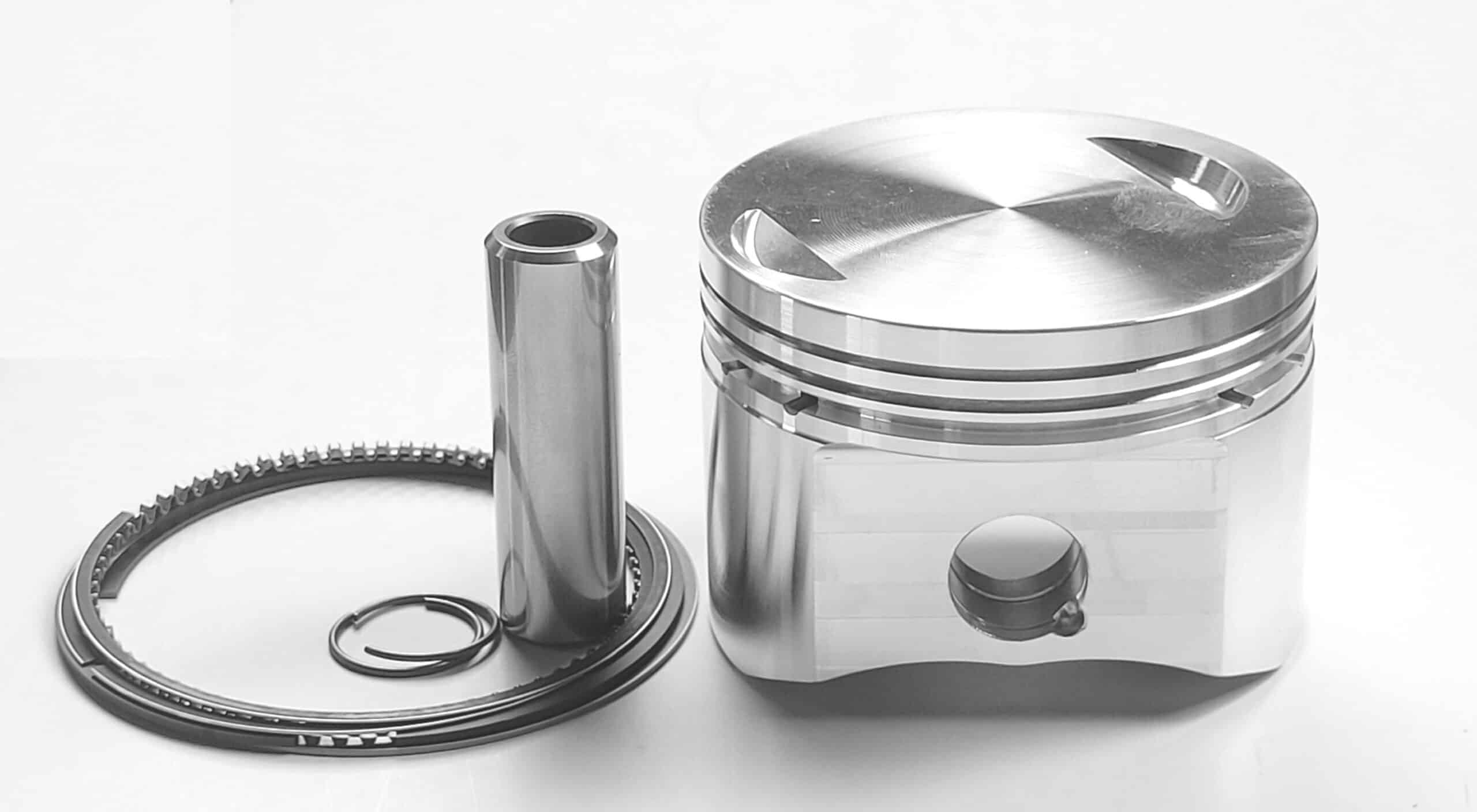- Joined
- Sep 9, 2022
- Messages
- 24
I'm building a 750 engine with a SS cam, kibbelwhite valves and guides. I'm thinking of using a 850 flywheel, 1 lb. heavier. Will the SS negate any low rpm torque gain?
Non combat 1970 750I'm building a 750 engine with a SS cam, kibbelwhite valves and guides. I'm thinking of using a 850 flywheel, 1 lb. heavier. Will the SS negate any low rpm torque gain?
The SS cam is the standard cam. Do you mean the 2S or 4S cam?I'm building a 750 engine with a SS cam, kibbelwhite valves and guides. I'm thinking of using a 850 flywheel, 1 lb. heavier. Will the SS negate any low rpm torque gain?
When you use a motorcycle for fast riding, you usually have a clear idea about the power band you are using, and keep within the rev range. For commuting, you would not have a hot motor. If you have that, you need to learn to live with it.I've often wondered if a heavier crank provides a little inertia boost that makes a kick start bike easier to start and keep running without a lot of holding the throttle open above idle position when cold.
Are the rod journal centerlines the same on 750 and 850 cranks? I am clueless, since I've never put a hand on an 850 Norton engine.
Apparently, there were 2 SS cams based on that NOC article referenced. Early Domminator/early Commando, and later a Combat SS called a 2S. I have a cam with a pair of S's stamped in the side of one of the lobes. I don't think it is stock though. Sure didn't feel like it was stock at around 5700 RPM and up. If geared up for HWY cruising the bigger cam was not good for short shifting in my experience. For example, riding at 25-30mph and shifting into 3rd gear was lugging the motor.
A heavier 850 crank will probably make the throttle response a little mellower on acceleration from a stop. You might like it, you might not. I have the Molnar crank in my 750. Gotta use common sense and moderation on the throttle in town. It moves forward pretty quick. I also like the natural engine brake with lighter cranks and rotating mass in general.
....Are the rod journal centerlines the same on 750 and 850 cranks? I am clueless, since I've never put a hand on an 850 Norton engine.....
I suggest it does not matter much what cam you use. When you change it you cannot expect it to work as well or better then the one you replaced, until you optimise everything which works in conjunction with it.I'm building a 750 engine with a SS cam, kibbelwhite valves and guides. I'm thinking of using a 850 flywheel, 1 lb. heavier. Will the SS negate any low rpm torque gain?
Jim Schmidt sells hi comp pistons now for 750'sHepolite PowerMax pistons were good for upping the compression. I don’t believe they are made any longer, but someone likely has a box of new ones stashed.

